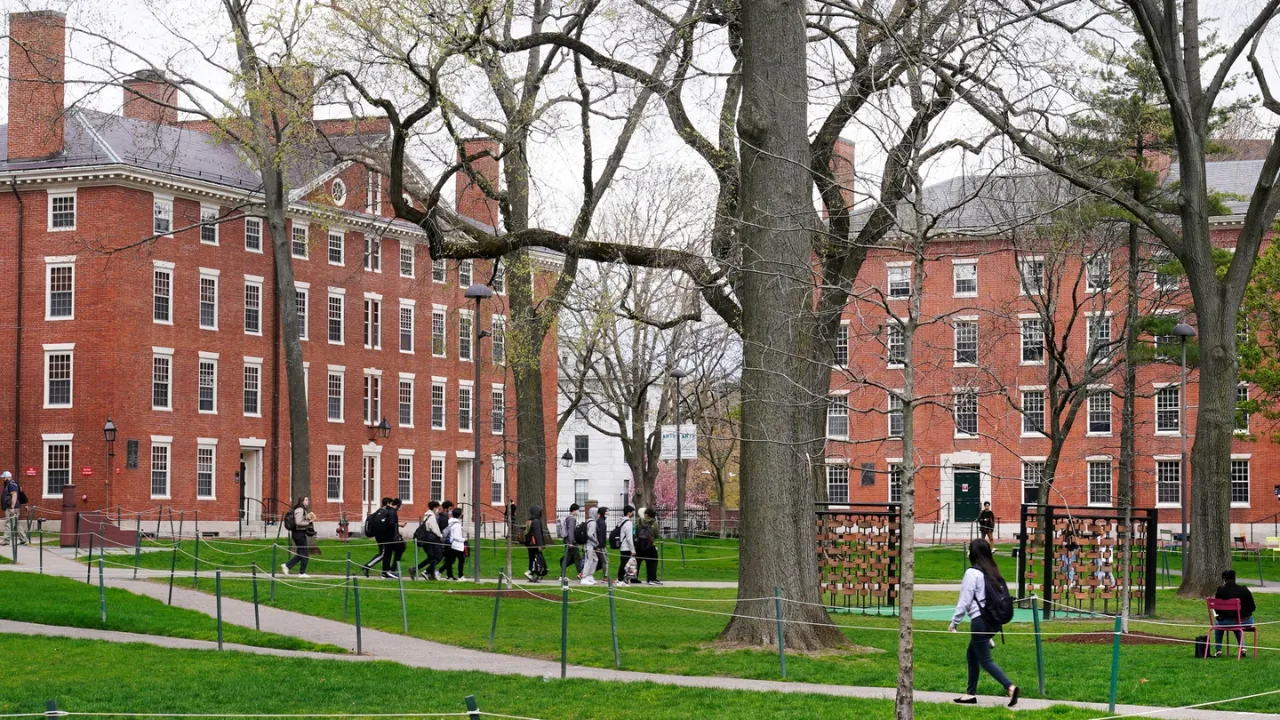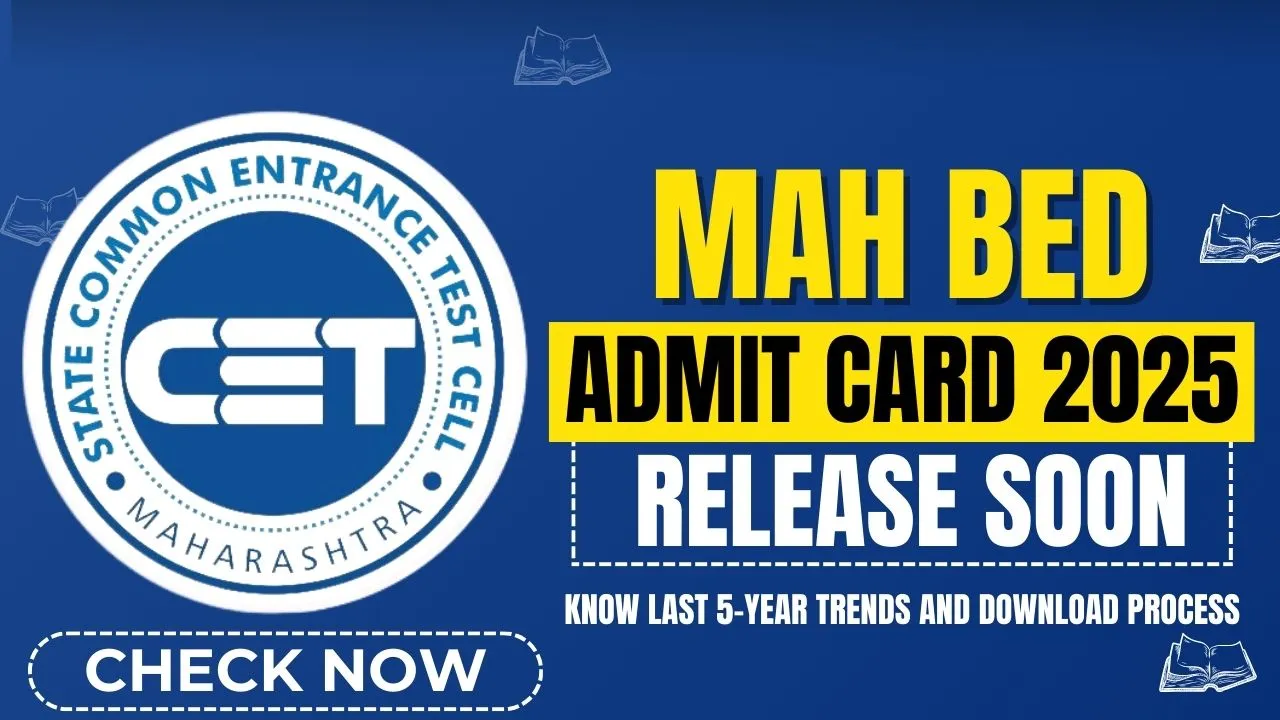Harvard announces free education for students from middle and lower-income families, opening doors for thousands of deserving young minds. In a landmark decision, Harvard University has committed to covering the complete cost of education for students whose families earn $100,000 or less annually, starting from the 2025-26 academic year.
This article will give you a detailed look at the new financial aid rule, who qualifies for free education, and how this decision is set to transform opportunities for future students. We’ll also explore the long-term effects this may have on higher education across the U.S. and beyond.
Harvard’s New Financial Aid Policy: The Basics
Harvard University, recognized as one of the world’s top academic institutions, has unveiled a major expansion to its financial aid program. Under this new policy, students from families earning $100,000 or less will receive a fully funded education, including tuition fees, housing, meals, health insurance, and travel expenses. Additionally, these students will get extra grants to assist them during their academic journey.
For students coming from families earning up to $200,000 annually, Harvard will waive all tuition costs, while offering additional financial support based on their specific financial needs.
This move is intended to make education at Harvard more accessible and to ensure financial barriers don’t prevent talented students from pursuing their academic dreams.
What Does Free Education Cover?
Harvard’s new rule goes beyond just tuition waivers. Here’s a breakdown of what eligible students will receive:
- 100% Tuition Coverage: Complete waiver of tuition fees.
- Housing & Meal Plans: Free on-campus housing and dining.
- Health Insurance: Full coverage of student health insurance costs.
- Travel Expenses: Assistance with transportation-related costs.
- Additional Grants:
- A $2,000 start-up grant for first-year students to help with initial expenses.
- A $2,000 launch grant in junior year to support career planning and post-college transition.
This comprehensive package allows students to focus on learning without worrying about financial strain.
Who Is Eligible For Free Harvard Education?
Harvard’s new initiative will benefit a large portion of American families. Here’s who qualifies:
- Families earning $100,000 or less annually:
- Students will receive full coverage of tuition, housing, meals, health insurance, travel expenses, and extra grants.
- Families earning between $100,000 to $200,000 annually:
- Students will have free tuition, with additional financial support for other costs based on family financial status.
Harvard estimates that around 86% of families in the U.S. will now qualify for some form of financial aid, making this one of the most inclusive programs in the country.
The History Behind Harvard’s Financial Aid Programs
Harvard’s dedication to supporting students financially is not new. The university introduced the Harvard Financial Aid Initiative (HFAI) back in 2004, which initially offered aid to families earning under $40,000 annually. Over the years, Harvard continued to increase income thresholds, making college more affordable for middle-income families.
Since the inception of HFAI, Harvard has disbursed over $3.6 billion in undergraduate financial aid. For the upcoming 2025-26 academic year alone, the university has earmarked $275 million for financial aid, with over half of its undergraduates currently receiving some form of assistance.
Why Is Harvard Offering Free Education?
According to Harvard President Alan M. Garber, the primary goal is to remove financial obstacles and create an environment enriched by diverse perspectives. He believes that widening access to a Harvard education promotes not only academic excellence but also personal growth.
William R. Fitzsimmons, Dean of Admissions and Financial Aid, emphasized that the best students come from a variety of backgrounds. By expanding aid, Harvard ensures that students from every financial background feel welcomed and empowered to succeed.
Key Highlights of Harvard’s Free Education Initiative:
Here’s a quick summary of what makes this policy so impactful:
- Families earning $100,000 or less:
- Full financial coverage including tuition, housing, meals, insurance, travel.
- $2,000 start-up and launch grants.
- Families earning up to $200,000:
- Free tuition, plus additional financial aid.
- Massive Reach:
- Around 86% of American families eligible.
- Supports diversity and intellectual growth.
How Will This Impact Higher Education?
Harvard’s decision to expand financial aid is expected to set a new benchmark in higher education. Many universities may feel the pressure to revisit their own aid policies to remain competitive and attract top talent.
Additionally, Harvard’s move helps address the growing student debt crisis. By eliminating tuition and associated costs, students can graduate without the looming burden of debt, allowing them more freedom to choose careers based on passion rather than paychecks.
Steps Students Need To Take To Apply
For students hoping to benefit from Harvard’s free education, here’s how to apply:
- Complete Harvard’s financial aid application through their official financial aid portal.
- Submit necessary documents such as tax returns and proof of income.
- Review eligibility criteria and deadlines carefully.
- Reapply for aid each year to maintain benefits.
Harvard has dedicated financial aid officers to guide students and families through the process, making it as straightforward as possible.
FAQs
1. What is Harvard’s new financial aid rule?
Starting in 2025-26, Harvard will offer full financial coverage to students from families earning $100,000 or less annually, covering all educational expenses.
2. Who can get free tuition at Harvard?
Students from families earning up to $200,000 annually will qualify for free tuition, with extra aid based on individual needs.
3. Does the financial aid cover housing and meals?
Yes, for families earning $100,000 or less, Harvard covers housing, meals, health insurance, and travel costs.
4. When does the new policy take effect?
The new rule starts with the 2025-26 academic year.
5. How can students apply for Harvard’s financial aid?
Students must submit financial documents via Harvard’s financial aid portal and meet application deadlines to be considered.
Final Thought
Harvard’s commitment to offering free education to students from families earning $100,000 or less is truly transformative. It not only makes one of the world’s most prestigious universities accessible to a broader audience but also sets a powerful example for other institutions to follow. If you’re a student or parent interested in learning more, don’t hesitate to explore Harvard’s financial aid website today. Share this article with others who might benefit and leave your thoughts in the comments below!
















